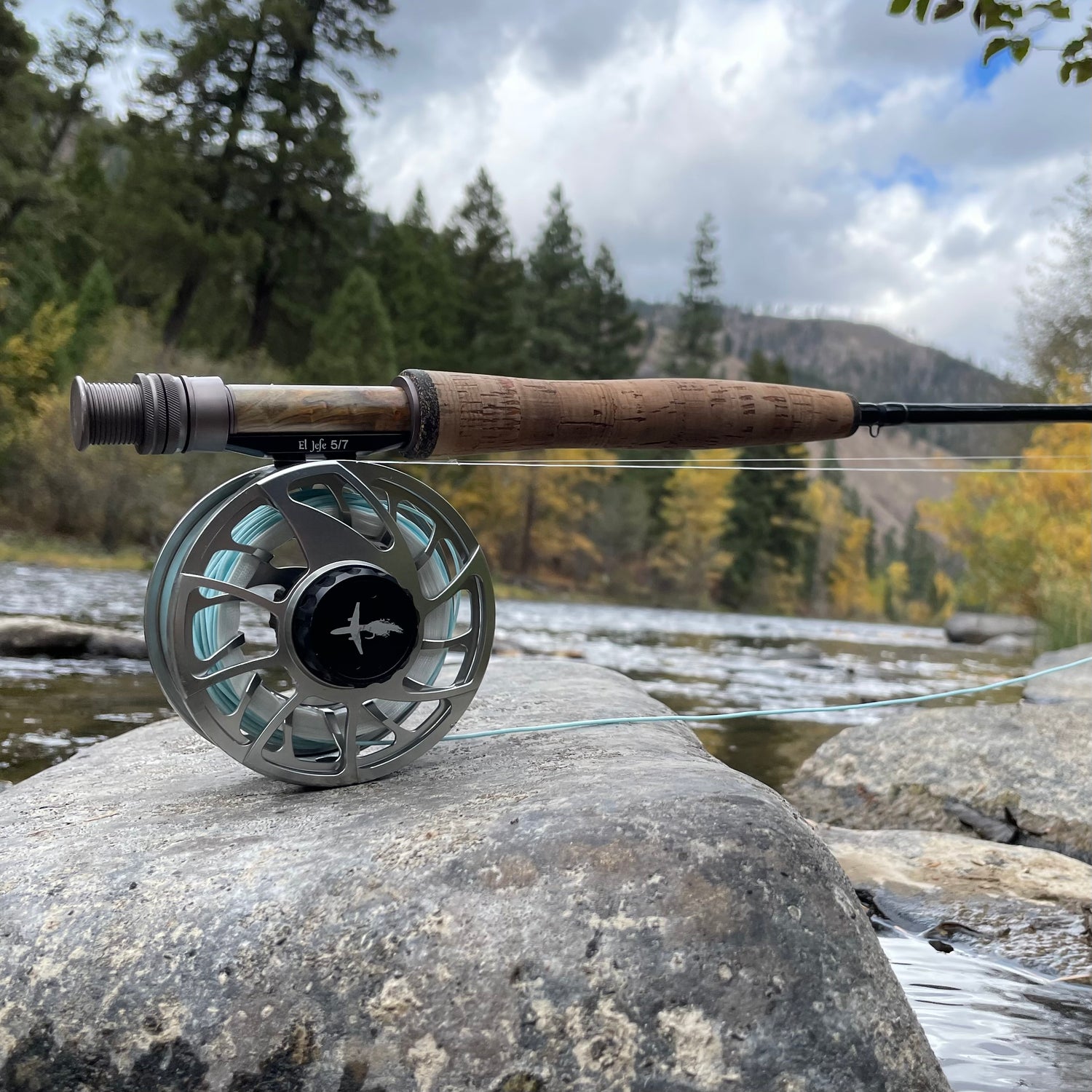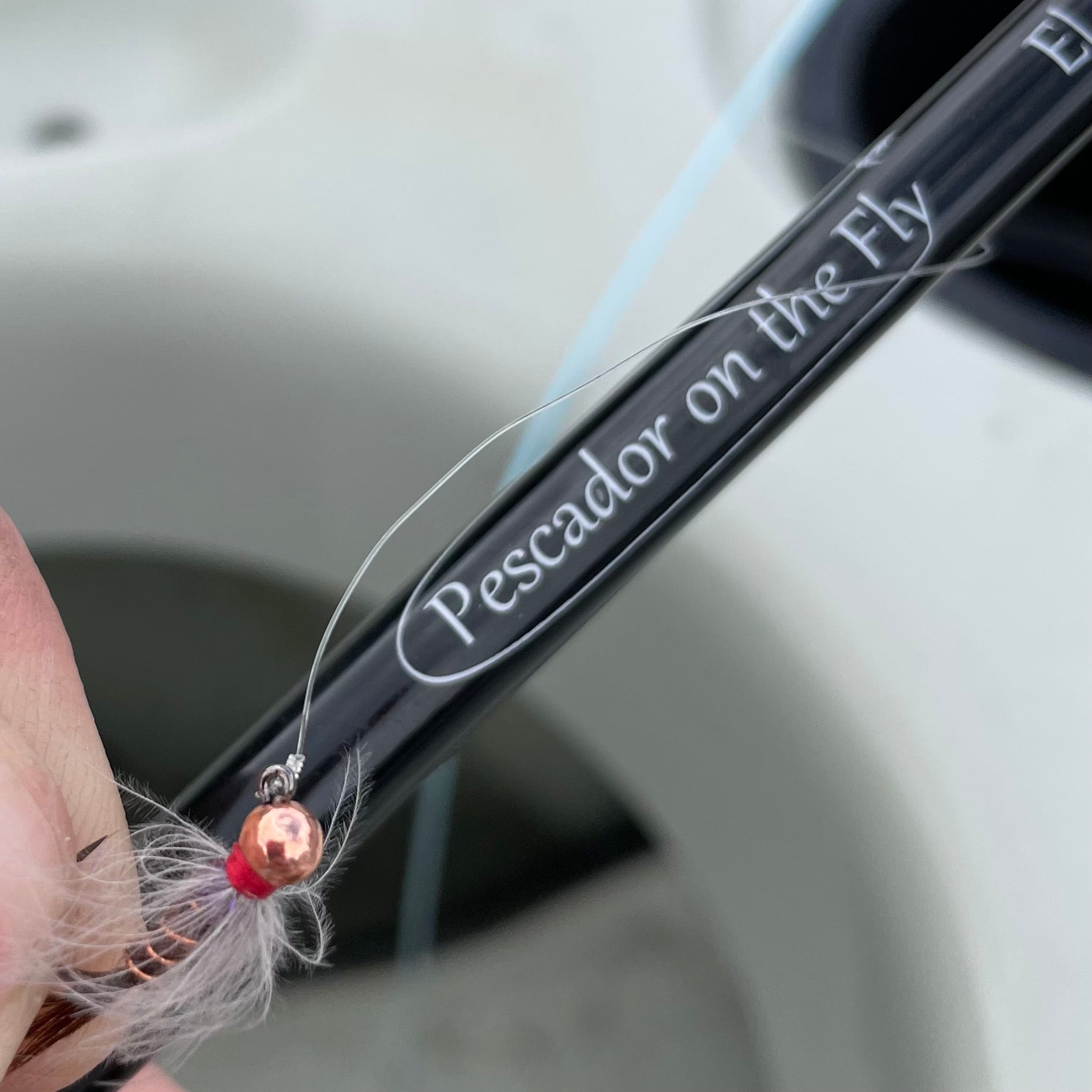Diving into the world of fly fishing introduces anglers to an array of equipment choices, each with its own role in ensuring a successful outing. Among these, selecting the right fly line weight stands out as crucial, directly influencing your casting performance and overall fishing experience. At Pescador on the Fly, we’re here to demystify fly line weights and guide you on how to match them with your rods for optimal fishing across various conditions.
The Essence of Fly Line Weights
Fly line weight is a standardized measure that indicates the line’s thickness and weight, crucial for determining its casting behavior and suitability for different fishing scenarios. Fly lines range from 1 (lightest) to 12 (heaviest), with each weight designed to pair with a corresponding rod weight. This harmony between rod and line is vital for achieving the casting accuracy, distance, and line control needed to present flies effectively to your target fish. Most fly fishing situations call for weight forward floating fly line, so that's what we will focus on here.
Matching Fly Line Weights with Rods
The first step in matching fly line weights with rods is to refer to your rod’s specifications. Most rods will have the recommended line weight marked near the handle, ensuring you start with a compatible foundation. Here’s a simple breakdown:
• Lightweight Rods (1-3 weights): Ideal for small streams and delicate presentations, where precision and the ability to make short, accurate casts are paramount. Perfect for targeting small trout and panfish with dry flies and small nymphs.
• Midweight Rods (4-6 weights): These versatile rods are suited for a wide range of freshwater conditions, from small streams to larger rivers and lakes. They’re the go-to choice for most trout fishing scenarios, capable of handling both dry flies and larger nymphs or streamers.
• Heavyweight Rods (7+ weights): Designed for battling larger freshwater species like bass and carp, as well as saltwater fishing where larger flies and longer casts are the norm. These rods require heavier fly lines to cast effectively, especially in windy conditions or when fishing in large open waters.
Applications of Different Fly Line Weights
• 1-3 Weights: Best for precision fly fishing in small streams, where stealth and the ability to make short, delicate casts are crucial. These lines allow for minimal water disturbance, ideal for spooky fish in clear water.
• 4-6 Weights: The jack-of-all-trades in fly fishing, suitable for a variety of species, including trout, bass, and medium-sized panfish. They offer a balance between power for longer casts and finesse for accurate, delicate presentations.
• 7+ Weights: Essential for targeting large fish in both freshwater and saltwater environments. Heavier lines can turn over large flies and punch through wind, making them indispensable for saltwater flats fishing, salmon, and steelhead in rivers, or bass fishing in windy conditions.
Conclusion
Understanding and correctly matching fly line weights with your rod is foundational to fly fishing success. It ensures that you have the appropriate setup for the type of fishing you’re engaging in, whether it’s delicately presenting a dry fly to a wary trout or casting a bulky streamer to a predatory bass. At Pescador on the Fly, we believe that with the right knowledge and equipment, the world of fly fishing is your oyster. Remember, the key to mastering fly fishing lies not just in having the right gear but in understanding how to use it effectively across different fishing situations.



Leave a comment
All comments are moderated before being published.
This site is protected by reCAPTCHA and the Google Privacy Policy and Terms of Service apply.